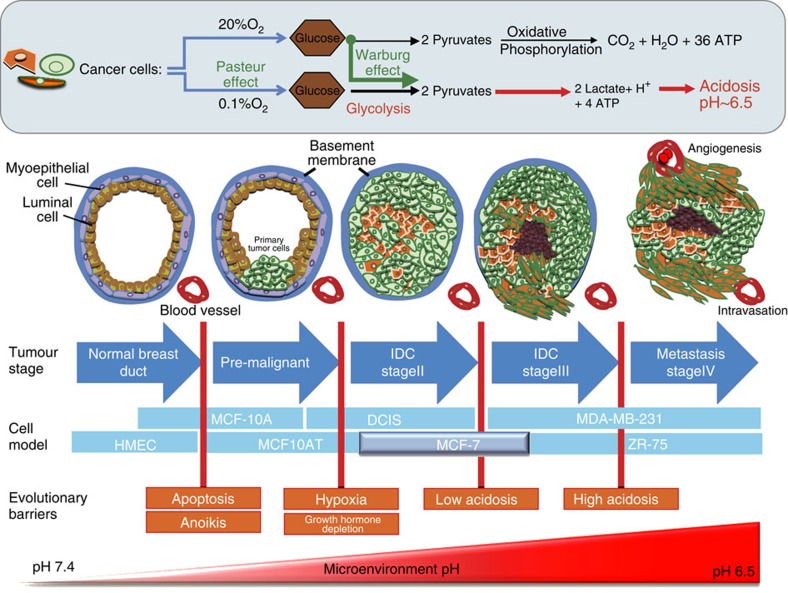Figure 1. Effect of acidosis in tumour progression and development.
Hypoxia, poor vasculature and increased flux of carbons through fermentative glycolysis leads to extracellular acidosis in solid tumours (Pasteur effect). Cancer cells can maintain the glycolytic phenotype even in the presence of oxygen (Warburg effect) causing further and constant acidification of the tumour microenvironment. The acidification and adaptation to acidosis starts at the centre of the duct, far from vasculature. Adaptation and development of resistance to intraductal acidosis is one of the key issues in cancer development and evolution that leads to a more aggressive phenotype. Evolutionary advantages over non-resistant cells, specifically normal epithelial and stromal cells are gained, such as being more migratory and glycolytic. This figure illustrates how acidosis increases during breast cancer progression from DCIS to Stage IV metastasis and how acid adapted cells (organge cells) become more aggressive and invasive.

